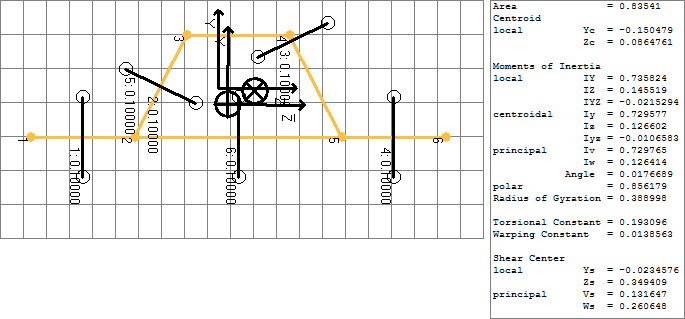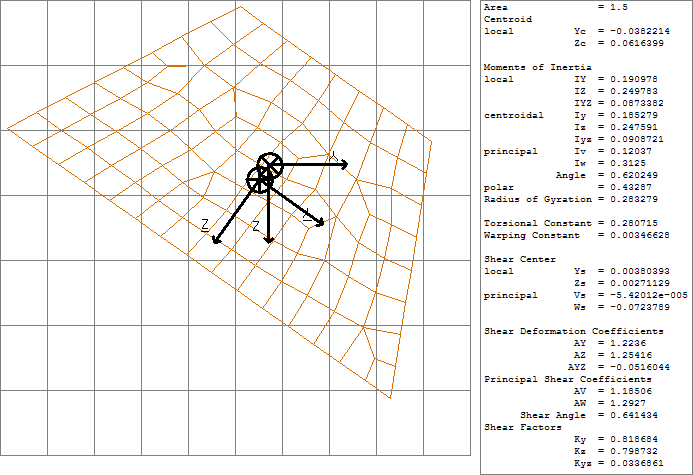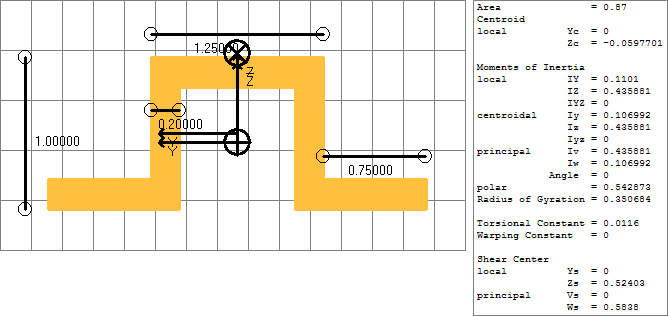Beamsection Collectors and Beamsection
Beamsection Collectors
Beamsection collectors collect and organize beamsections and are used in HyperBeam to organize 1D beam section data.
Nastran Cards
| Card | Description |
|---|---|
| BELTS / | Output activation and format/file selection for kinematic animation output. |
Beamsections
Beamsection entities store 1D beam cross-section data.
Beamsections can be created from geometry, elements, or from solver standard sections, that is, I-Sections, H-Sections, and so on.
All types of sections can be created in the Model Browser and modified in the Entity Editor for all user profiles. Reviewing of all 1D beamsection data can also be accomplished through HyperBeam.
The default section type and attribute values assigned to the beamsection vary based on the solver interface.
On import, each 1D beam property card within a solver deck is automatically imported as a beamsection entity and a property entity with associated beamsection. The beamsection entity holds the 1D beam section data (A, I, and so on..., and/or Dimensions) and is associated to the property entity which has a 1D property card image. The beamsection association to a property is what transfers the 1D section data to the 1D property solver card for export.
Elastic Sections
Elastic beamsections are 2D meshed sections. They are an extension of the legacy Solid sections.
- Solid
- Defined as a closed loop of lines.
- Shell
- Defined as lines and thickness. The thickness is used to inflate lines symmetrically to turn them into surfaces and 2D mesh them.
Generic Sections
Generic sections define sections without defining actual cross-section geometry. Areas, inertias, centroids, and other coefficients are supported directly through spreadsheet data entry of values.
Shell Sections

Figure 1.
Solid Sections

Figure 2.
Standard Sections

Figure 3.